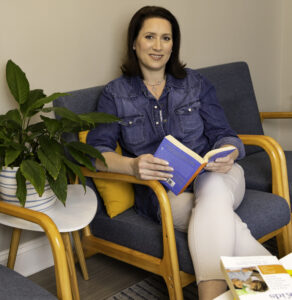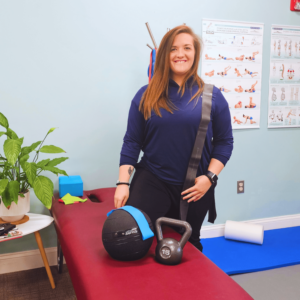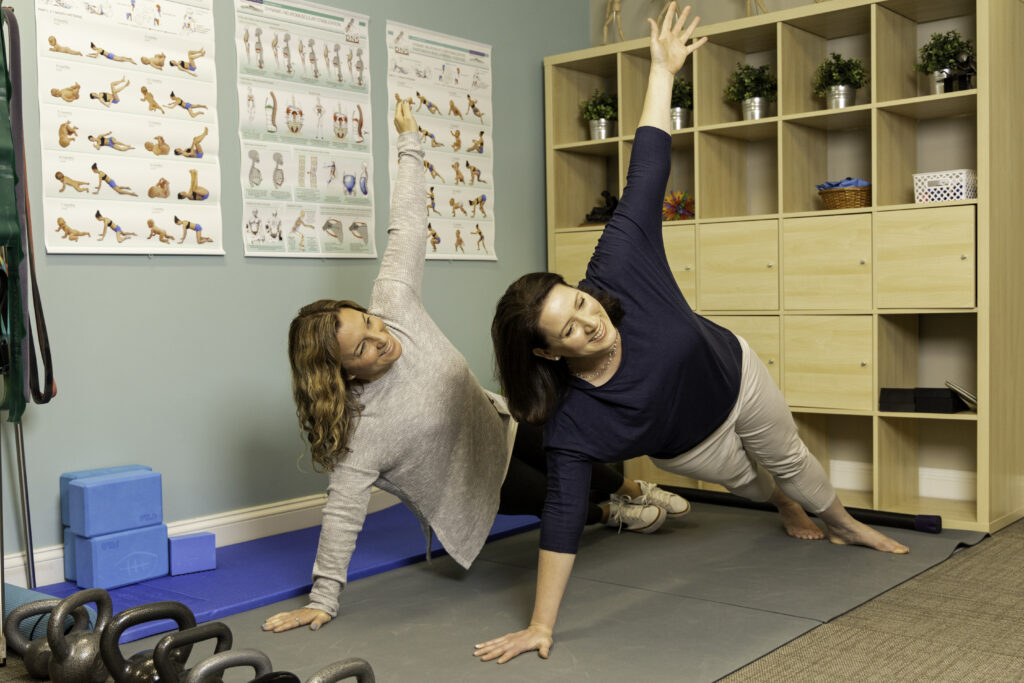A common misconception about back pain is that it is caused by structural wear and tear, bulging or degenerated discs, arthritis,“pinched nerves,” or just getting old, and therefore, there is really nothing you can do about it. In reality, there is poor correlation between these things that are commonly seen on MRIs and x-rays, and the existence and severity of back pain.
“The prevalence of disk degeneration in asymptomatic individuals increased from 37% of 20-year-old individuals to 96% of 80-year-old individuals. Disk bulge prevalence increased from 30% of those 20 years of age to 84% of those 80 years of age. Disk protrusion prevalence increased from 29% of those 20 years of age to 43% of those 80 years of age. The prevalence of annular fissure increased from 19% of those 20 years of age to 29% of those 80 years of age.
The idea that back pain is due to “getting old” is a very slippery slope and can become a dangerous self fulfilling prophecy. Those who believe (or worse, are told by their doctors) that aging and associated aches and pains are normal, inevitable and that there is nothing that can be done, will be less likely to seek the help they need and do the very things that they need to do to prevent loss of function ( and the pain that comes with it!)
There are actually many reasons for back pain, and it’s essential to work with health professionals that recognize and understand this.
There are the obvious acute injuries like falls and strains that can cause pain and limit your activity while the injured tissues heal. However, if these injuries are not properly rehabilitated and strengthened, they can become recurrent and chronic.
More commonly people come to us with “non-specific low back pain” — the kind of pain that seems to randomly come and go, never seems to really go away, or no structural pathology can be found. In reality, this type of low back pain can have multiple causes, such as
- Chronic strain due to poor posture and lack of healthy movement
- Chronic Inflammation due to poor nutrition
- Excess weight
- Poor core muscle function associated with poor breathing
- Emotional stress — both acute and chronic stress increase pain sensitivity
- Referred pain, commonly due to irritation of the digestive tract
Regardless of the causes for back pain, our chiropractic care offers gentle, non-invasive, and drug-free solutions through a combination of spinal adjustments, rehabilitation, exercise, nutritional supplements, and ongoing support. These combined treatments include:
- Traditional Chiropractic Adjustments to increase range of motion, reduce muscle, ligament, and nerve tension and irritability, and improve overall mobility and function. This treatment is usually repeated regularly over the first few weeks until inflammation settles down, and you can start moving better on your own. How often you need regular adjustments can vary depending on the causes of pain noted above. Some people benefit from weekly care if they are very active, have multiple health issues or other chronic stressors that interfere with healing. Generally, though, the healthier and stronger you get, the less frequently you should need to be adjusted!
- Proprioceptive Deep Tendon Reflex (P-DTR) – After illness, injury, or other stresses, sensory nerves can become hypersensitive, dysfunctional, and create bad feedback loops. Your brain and body then create an abnormal “stress response”, which can cause pain, affect muscle tone and strength, and limit movement. We use P-DTR, a treatment that seeks to correct these faulty pain and movement reflexes, to create quick and significant improvements in strength, mobility, and pain with both acute and chronic pain.
- Time to Heal: When there is a serious strain or an injury, we will recommend the “Peace and Love” treatment to help manage inflammation and get you moving as quickly and safely as possible.
- Exercises – Movement, as soon and as safely as possible, is essential to recovery from acute and chronic pain. We will recommend specific exercises to strengthen the injured area and get your whole body moving better. Weak or overly tight muscles can hinder recovery and could actually contribute to recurring back issues if not addressed early.
- Nutrition – In general, it’s important to eat a balanced diet that includes as many natural foods as possible, that are rich in antioxidants, and that also helps reduce inflammation. Studies have shown that there are foods that increase inflammation. These include refined carbohydrates, fried foods, soda, red /processed meat, and unhealthy fats, whereas certain kinds of fatty fish, olive oil, green leafy vegetables, tomatoes, berries, and nuts are not only much healthier for us, they have a natural anti-inflammatory effect.
Ongoing Support and Care: We will stay in touch and partner with you to support your body’s natural ability to heal itself by providing periodical adjustments and other care as needed, to ensure that your recovery is complete.





